A moon garden is a magical oasis designed to be enjoyed after sunset. Filled with pale or reflective foliage, white or pastel-colored blooms, and fragrant night-blooming flowers, moon gardens create a tranquil atmosphere under the soft glow of moonlight. When carefully planned, these gardens not only captivate the senses but also transform patios, balconies, or backyards into dreamy nighttime retreats. This article explores the most beautiful and effective moon garden plants that appear to glow in the dark, their unique properties, and how to design a garden that thrives after dusk.
Why Create a Moon Garden?
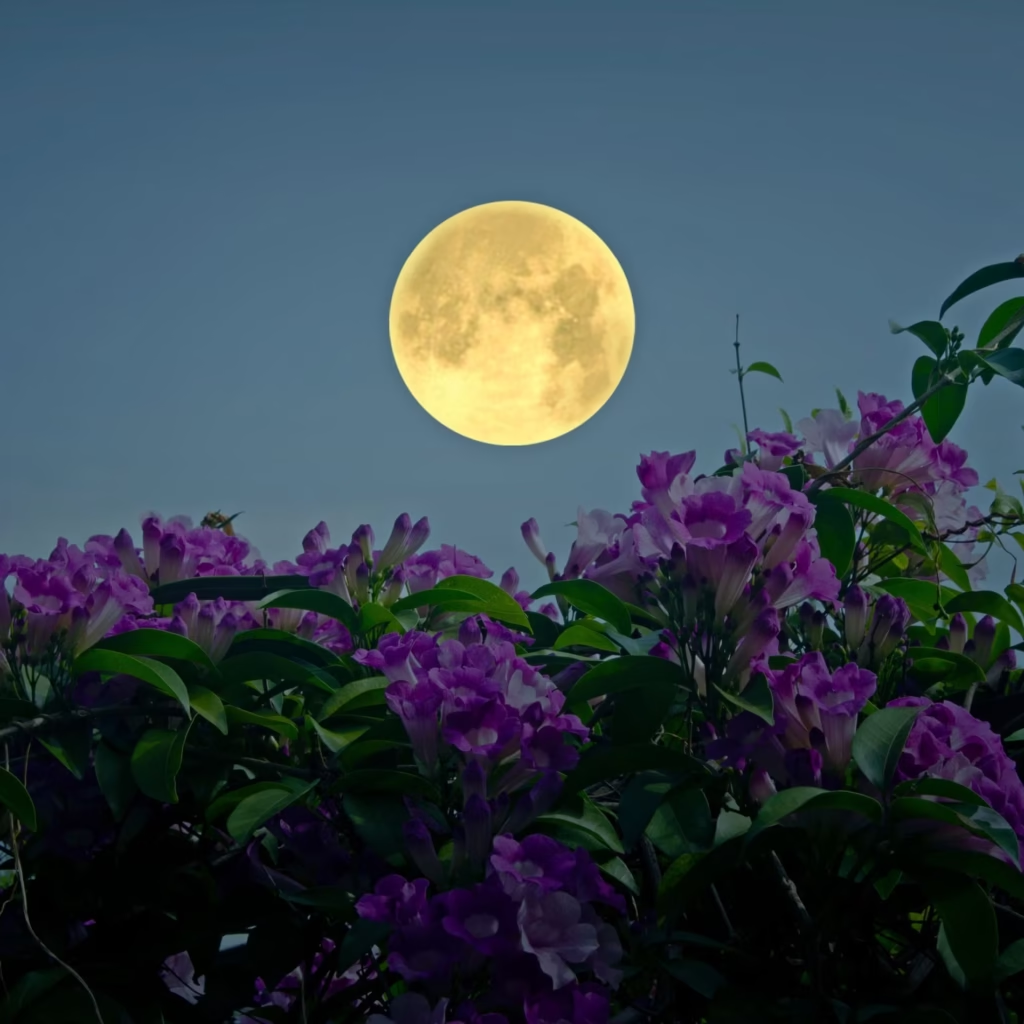
While traditional gardens are enjoyed during the day, moon gardens offer an entirely different sensory experience. Here’s why they’re becoming increasingly popular:
- Evening Ambiance: Perfect for people who work during the day or want to relax in the garden at night.
- Romantic & Meditative: The soft colors, glistening foliage, and night fragrances create a peaceful, romantic setting.
- Wildlife Attraction: Many night-blooming plants attract moths, bats, and nocturnal pollinators.
- Low-Light Aesthetic: Ideal for patios or yards that lack strong sunlight.
A moon garden can be installed in-ground or in containers, on balconies, rooftops, or patios. The key is plant selection and thoughtful design.
Features of a Moon Garden
Before we dive into specific plants, let’s look at what makes a moon garden visually effective:
- Light-Colored Blooms: White or pale yellow flowers reflect moonlight better than dark hues.
- Silvery or Reflective Foliage: Plants with silver, grey, or velvety leaves shimmer under moonlight.
- Fragrance: Night-blooming plants often emit strong scents to attract nighttime pollinators.
- Bloom Timing: Plants that bloom in the evening or night play a starring role in moon gardens.
- Soft Lighting: Adding subtle solar or fairy lights can amplify the glowing effect.
Top Plants for a Glowing Moon Garden
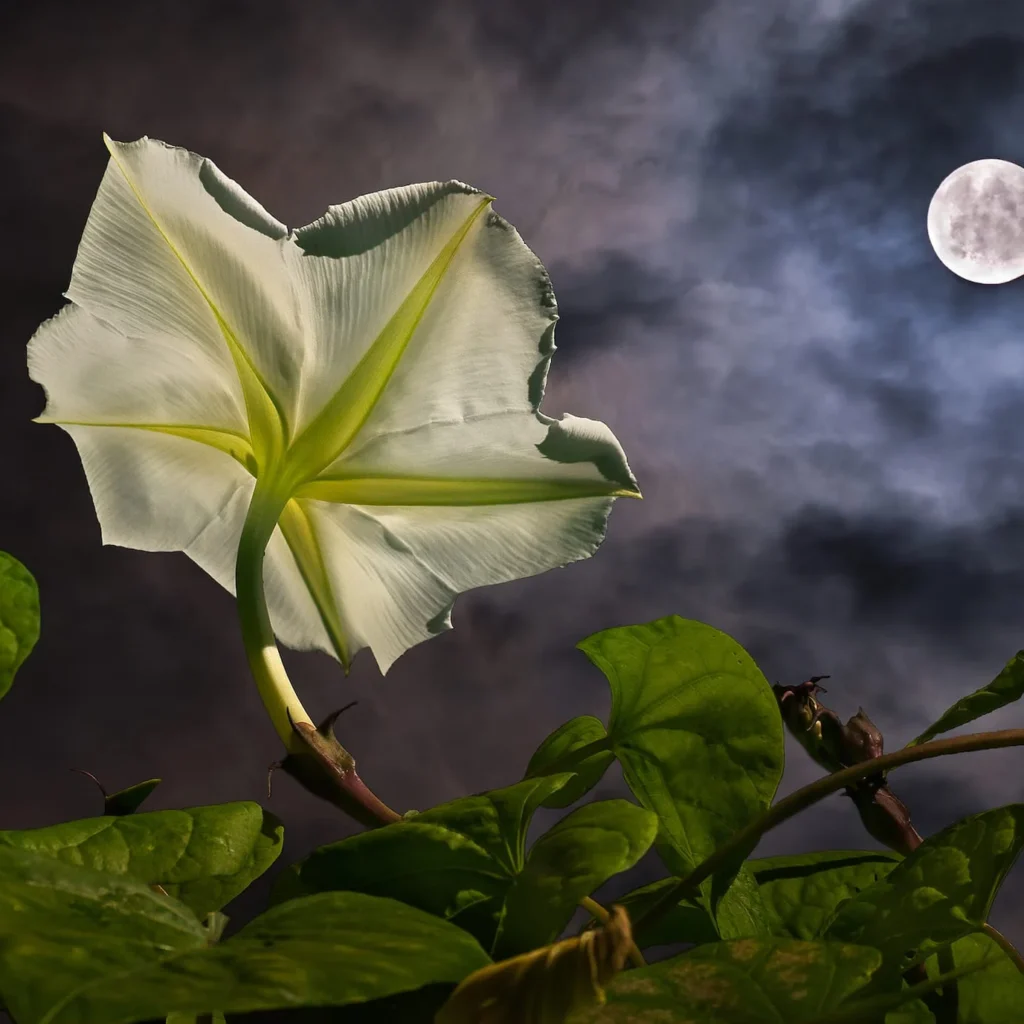
Here are some of the best plant selections to help your moon garden come alive after dark:
1. Moonflower (Ipomoea alba)
- Bloom Color: Large white flowers
- Why It Glows: Its white petals seem to shine in the moonlight and open only at night.
- Fragrance: Sweet, jasmine-like scent
- Care: Full sun, regular watering, fast-growing vine—perfect for trellises or walls.
2. Evening Primrose (Oenothera biennis)
- Bloom Color: Pale yellow
- Why It Glows: Opens at dusk and closes at sunrise.
- Fragrance: Light, sweet scent
- Care: Thrives in well-drained soil, drought-tolerant, attracts moths.
3. Angel’s Trumpet (Brugmansia spp.)
- Bloom Color: White, yellow, pink
- Why It Glows: Large trumpet-shaped flowers hang and glow in low light.
- Fragrance: Strong and intoxicating at night
- Care: Needs warm climates, ideal in containers in colder regions.
4. Night Phlox (Zaluzianskya capensis)
- Bloom Color: White petals with purple undersides
- Why It Glows: Small but intensely reflective in moonlight
- Fragrance: Vanilla and honey scent in the evening
- Care: Full sun, well-drained soil, compact size ideal for borders or pots.
5. Dusty Miller (Senecio cineraria)
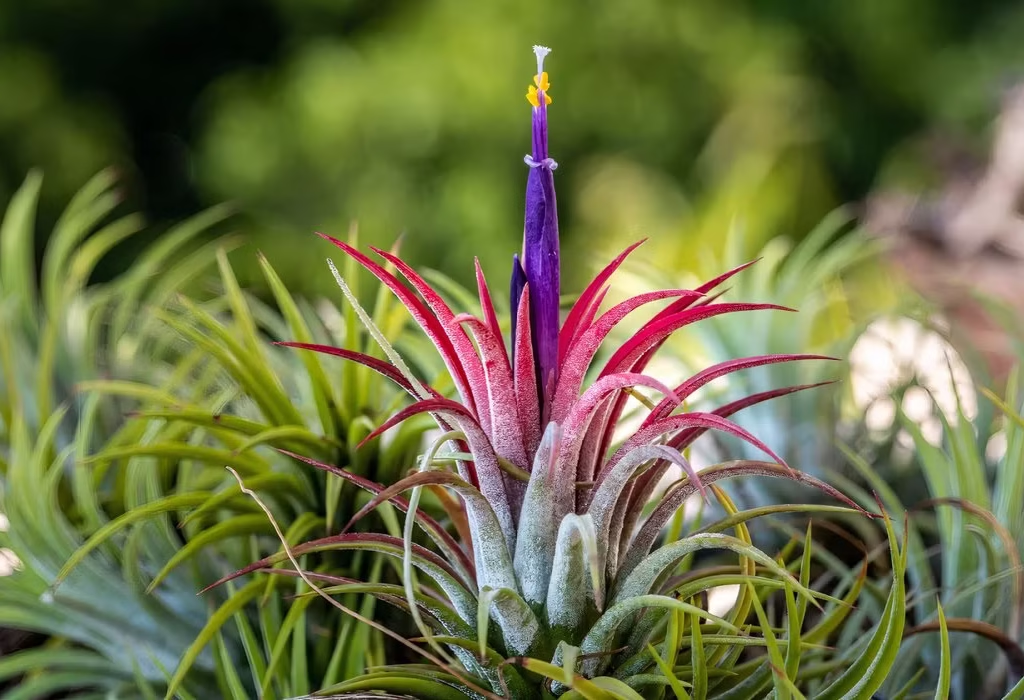
- Foliage Color: Silvery-grey leaves
- Why It Glows: Its reflective foliage creates a shimmering effect
- Fragrance: None
- Care: Very hardy, drought-tolerant, excellent for visual contrast.
6. White Datura (Datura inoxia)
- Bloom Color: Large white trumpet blooms
- Why It Glows: Opens at dusk, bold contrast under moonlight
- Fragrance: Strong and exotic
- Care: Grows easily but toxic—handle with care and keep away from pets/children.
7. Silver Artemisia
- Foliage Color: Silver, feathery texture
- Why It Glows: Reflects ambient moonlight, adds texture and light contrast
- Fragrance: Aromatic leaves
- Care: Full sun, low water needs, great filler in moon beds.
8. Lamb’s Ear (Stachys byzantina)
- Foliage Color: Soft, velvety silver leaves
- Why It Glows: Reflective texture and color
- Fragrance: Mild
- Care: Easy to grow, drought-tolerant, great for borders or pathways.
9. Tuberose (Polianthes tuberosa)
- Bloom Color: Creamy white
- Why It Glows: Tall, star-shaped blooms reflect light well
- Fragrance: One of the most fragrant flowers at night
- Care: Needs sunlight, ideal for pots and sunny patios.
10. Jasmine (Jasminum officinale or Jasminum sambac)
- Bloom Color: White
- Why It Glows: Small but luminescent petals
- Fragrance: Intensely sweet, especially in the evening
- Care: Needs support; thrives in containers or along fences.
Designing a Moon Garden: Layout Tips
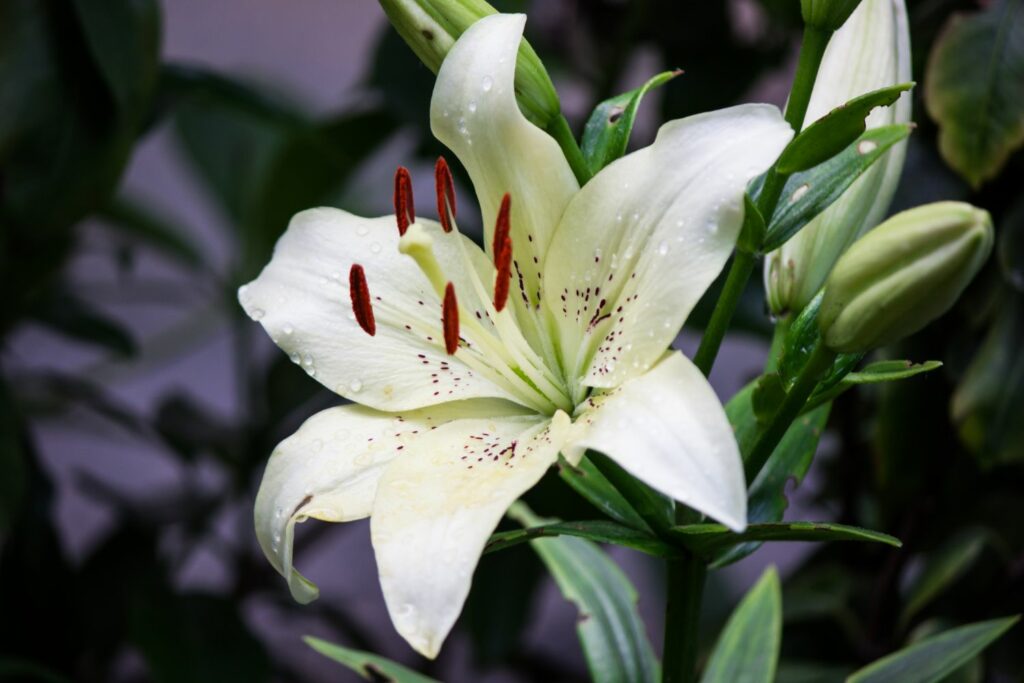
Creating a visually pleasing moon garden means more than just picking plants. Here’s how to design effectively:
1. Choose the Right Location
- Select a spot that is visible or usable in the evening—near a patio, bench, or window.
- Make sure it gets enough sunlight for flowering plants during the day.
2. Grouping by Height
- Place taller plants like Angel’s Trumpet or Jasmine in the back.
- Use mid-height plants like Moonflower or Datura in the middle.
- Fill front areas or container edges with low growers like Night Phlox and Dusty Miller.
3. Add Pathways or Borders
- Use white stones, gravel, or solar lights to define paths and reflect moonlight.
4. Incorporate Reflective Elements
- Include garden decor made of glass, silver metal, or mirrors to bounce light around.
- Small water bowls or still ponds reflect the moonlight beautifully.
5. Use Containers for Flexibility
- Portable pots allow you to move night bloomers around for maximum visibility and scent.
6. Focus on Fragrance Zones
- Group fragrant plants near sitting areas for the best evening sensory experience.
Best Lighting for Moon Gardens
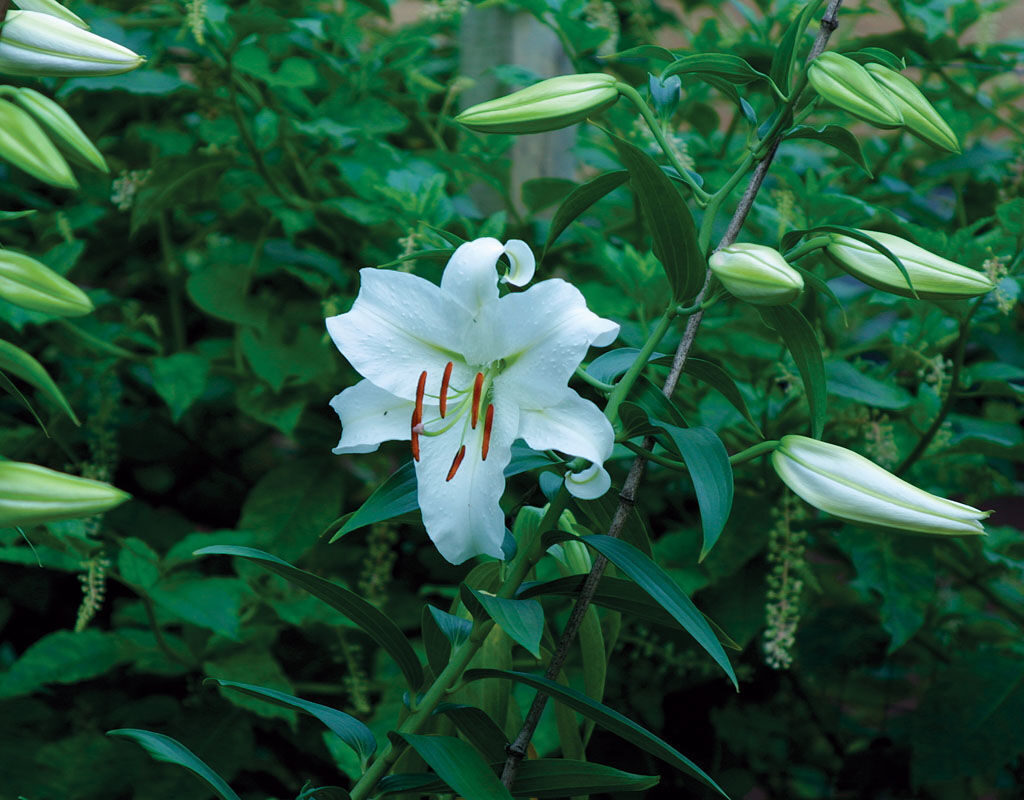
While moonlight is the hero, adding subtle artificial lighting enhances the effect:
- Solar Stake Lights: Inexpensive and energy-efficient.
- Fairy Lights: String in trees or along fences for a whimsical glow.
- Lanterns: Create a romantic ambiance and can be moved around.
- Glowing Pebbles or Planters: Charge during the day and emit light after sunset.
Maintenance Tips
To keep your moon garden thriving:
- Deadhead Spent Blooms: Encourages new flowers and keeps plants tidy.
- Regular Watering: Especially for container plants or those in warm climates.
- Protect from Frost: Some night bloomers are tropical and need winter protection.
- Watch for Pests: Evening-blooming flowers can sometimes attract insects—use natural repellents.
Conclusion
A moon garden isn’t just a nighttime spectacle—it’s a sensory sanctuary that rewards you with glowing beauty, calming scents, and a unique connection to nature after dark. With the right mix of pale blossoms, silver foliage, and fragrant night bloomers, your outdoor space can transform into a luminous haven. Whether you have a sprawling backyard or a small patio, creating a moon garden is a peaceful, budget-friendly, and deeply satisfying gardening project.
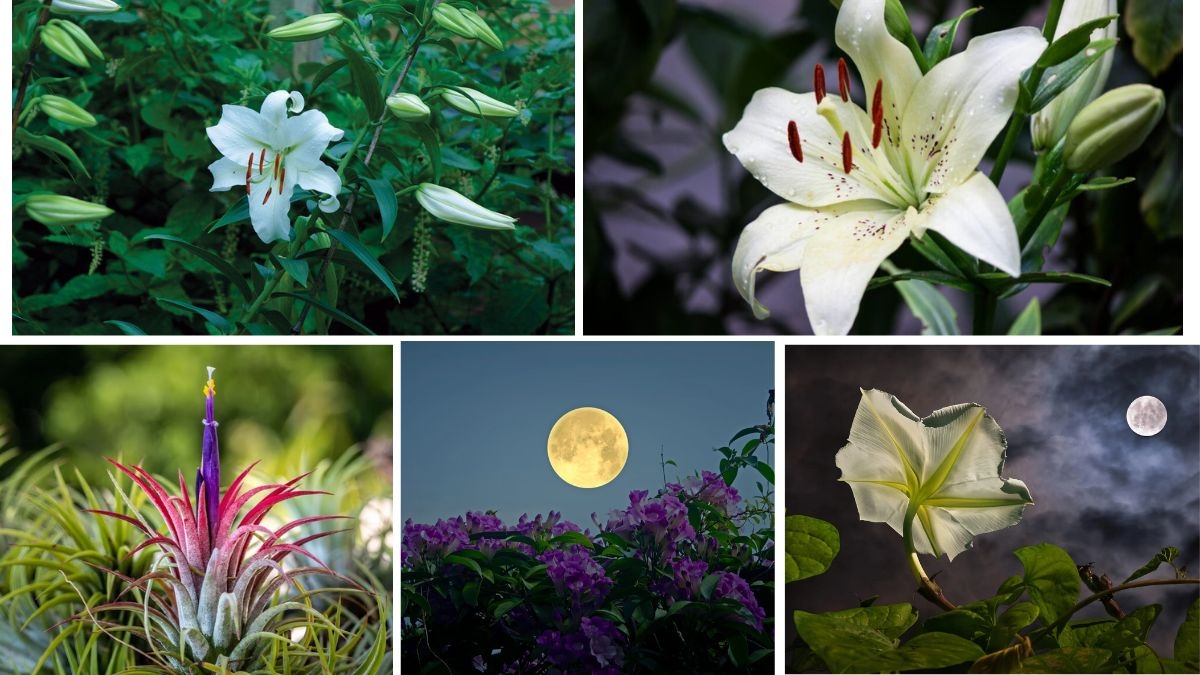





Leave A Comment